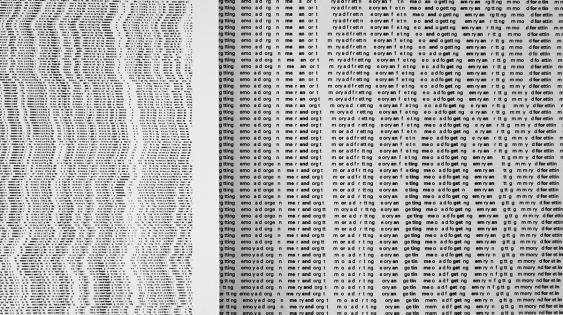Tangled Memory and Forgetting
I’ve always been interested by the passage of time and what it means to us, what it means to exist. Of course, it’s a huge question, but for the purposes of this work, I eventually narrowed it down a bit to the idea that our life or existence to this point—what makes us who we are—is built from this collection of memories we call our life experiences. I was curious to see how that could apply in a meaningful way to the practice and study of graphic design.
So I looked at how memory works, but more importantly how it doesn’t. Because for a long time, science has thought of memory a little bit like a file cabinet, where moments from the past are stored. And so forgetting something wouldn’t mean that the “moment” in the “file cabinet” has disappeared, but rather that it has been misplaced.
But contemporary science explores memory more as a fluid, ever-changing system, where the very act of remembering affects the memory being retrieved, and also changes the way it is stored. Every time you remember something, you color that memory with the way you feel now, or with associations you make between details of that memory and other ones. Over time, what we could call the “original event” changes—in our recollection—and slowly fades away. And so we’re left with a system in which there is no clear starting point: the event is the catalyst, sure, but within the memory system, there’s just a series of loops affecting each other, with no clear hierarchy.
This is an idea that Douglas Hofstadter, who’s interested in cognitive science and philosophy of the mind, calls a “strange loop” or a “tangled hierarchy”—a system in which moving up or down through the hierarchy takes you back to where you started. “Print Gallery,” a drawing by M.C. Escher in which a man in a gallery is looking at a painting of a city in which there is a gallery with a man looking at a painting and so on, is a good visual example of this principle.
In transposing my study to collective memories, I realized that despite their partly physical aspect—that is, that there are usually objects and records tied to those memories—they work in a similar way.
And so I explore the ways in which design can capitalize on memory in a variety of ways, the most obvious one being nostalgia, and the ways in which references and inspiration—conscious or not—play on the design process and its results.
